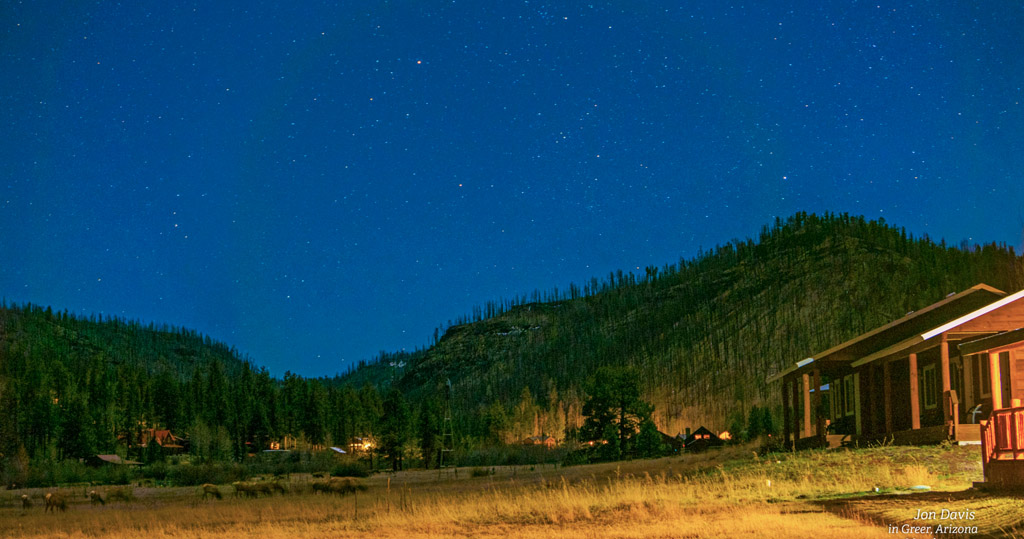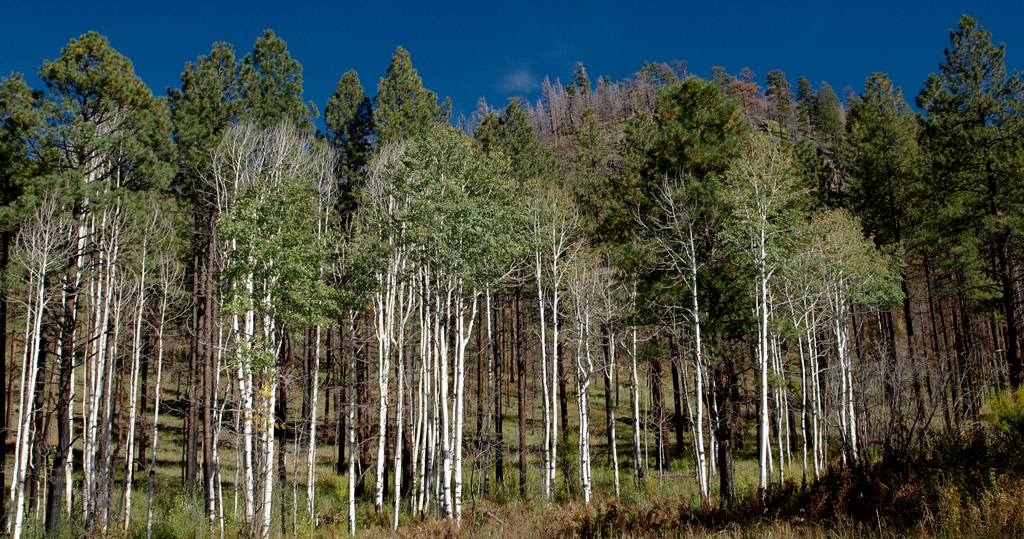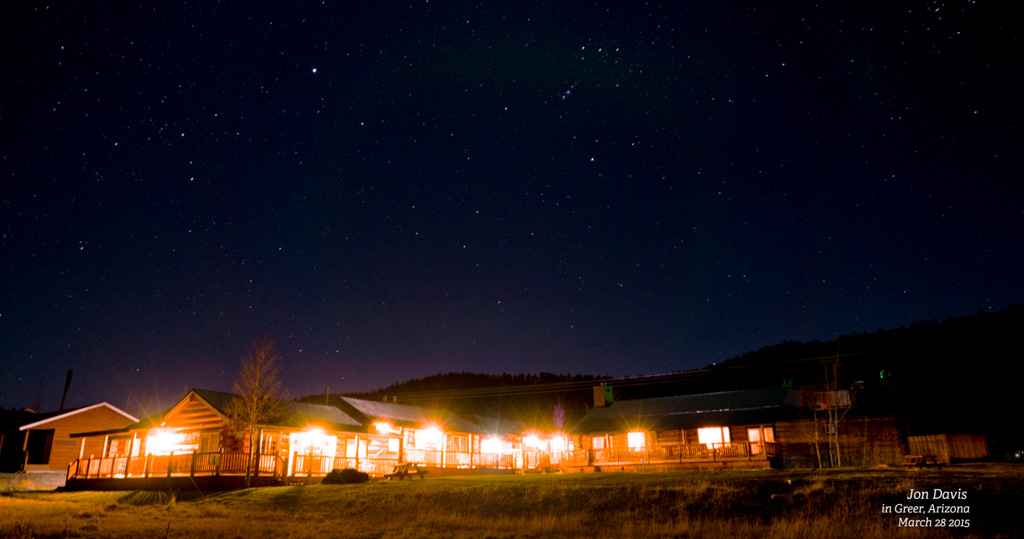Greer, at an elevation of 8,500, has one of the darkest star filled skies in the Southwest. Spot a constellation, have a clear look at the surface of the moon. If you’re lucky, you might even see a falling star. There are no city lights, no flashing billboards to distract your viewing pleasure.
You will be mesmerized by the star gazing in Greer, even with your naked eye. There is a reason Arizona has the Most High Powered Telescopes in the U.S. and in the World.
Here is a list and links of High Powered Telescopes in the Greer area:
- Mount Graham International Observatory is located six miles south of Safford, a short distance from Greer.
- The Vatican Observatory has an Advanced Technology Telescope on Mount Graham.
- The Large Binocular Telescope Observatory is located on Mount Graham. This is the World’s Strongest Telescope, and it is currently operating at full power in Arizona.
- Arizona Radio Observatory has 2 telescopes, one is located on Mount Graham, a Submillimeter Telescope; and the second is located on Kitt Peak, a 12 Meter Telescope. Combined the two telescopes cover the entire millimeter and submillimeter windows. The telescopes are operated around-the-clock for a combined 10,000 hours per year. The Arizona Radio Observatory offices are located in the Steward Observatory building on the campus of the University of Arizona in Tucson.
- Steward Observatory at the University of Arizona in Tucson. Combining radio telescopes in Arizona, Chile and Hawaii, an international team of astronomers has eyed a Supermassive Black Hole.
- Kitt Peak National Observatory is part of the National Optical Astronomy Observatory, located southwest of Tucson, uses nighttime optical and infrared astronomy and daytime study of the Sun.
- Lowell Observatory has the Discovery Channel Telescope, located in Flagstaff is open to the public night and day to explore the Universe, with tours, multimedia shows, the Honeywell Children’s Exhibit for kids, and in the evening you can enjoy the dark skies and spectacular views through the Alvan Clark Telescope.








